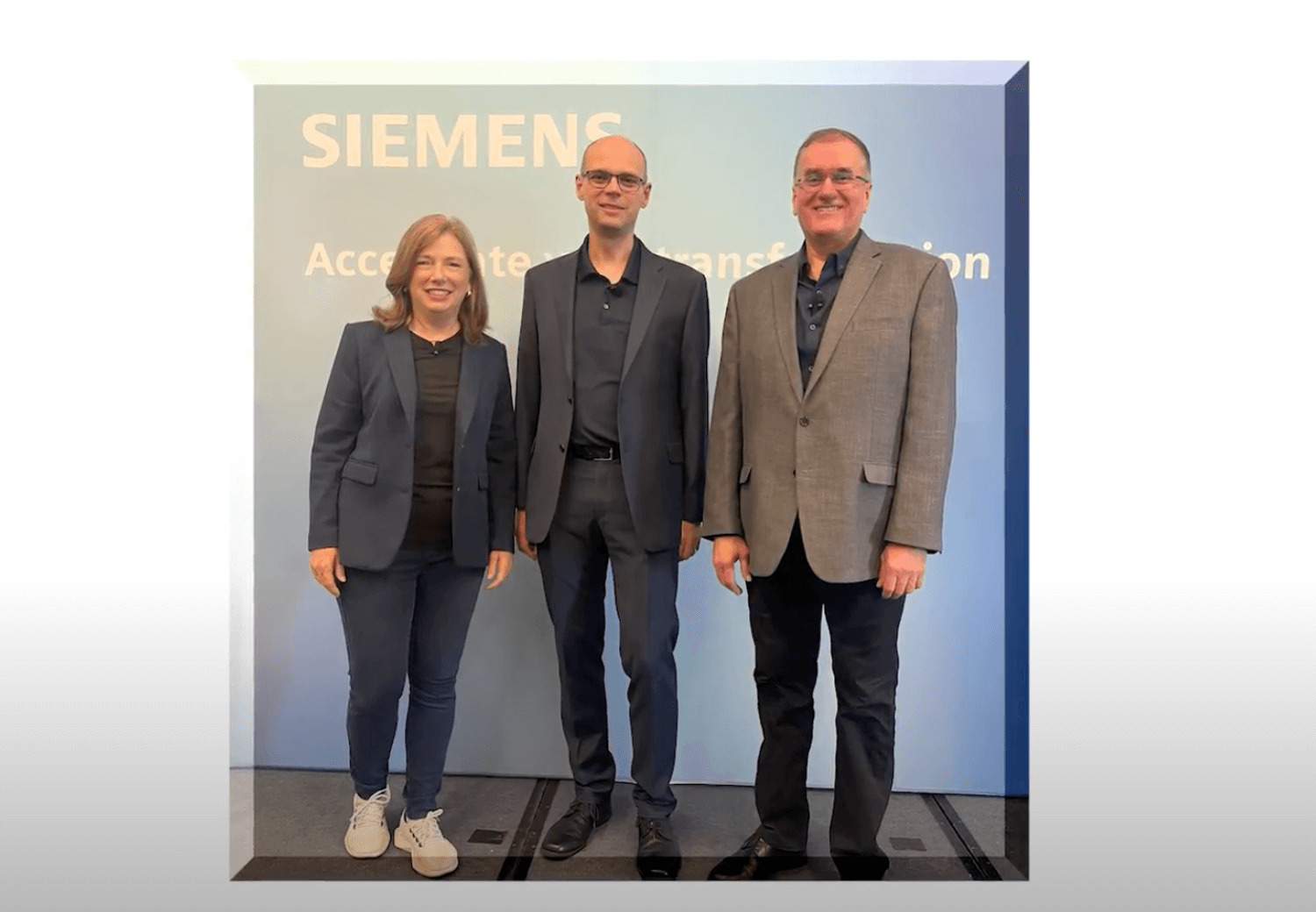Yeah. Well, Diane, first of all, let’s talk about what makes an organization. A lot of people when they think about an organization, a government, a company, whatever, they envision in their minds a work chart. And we have this propensity to say, hey, there are people at the top who have a vision and are leading us forward. And it is true that leaders are expected to set a culture, set a direction, set a pace and drive change.
But leaders, if they can also sort of have a different concept of an organization and think of it less of a hierarchy, but more as a network, they can actually be more powerful and effective networks. If you’ve ever read Stan McChrystal’s book, Team of Teams, he provides illustrations of where command and control organizational structures break down.
A network, on the other hand, is constantly sensing, constantly communicating and then therefore, can detect issues and respond more effectively. And this is true in any kind of organization. So, here’s an example. We at Siemens want to lead the marketplace in the development of the internet of things when it comes to infrastructure and industry. And you might ask, you know, does a business leader sitting in Europe know perfectly what the market is demanding everywhere around the world? Of course, they can’t. How could they?
So, if they think in terms of a network, what they can realize is they’ve got sensors out there, people who are detecting changes in the marketplace, opportunities, etc. And if they create the kind of environment where people have the ability to speak up, if people have a channel in which to address and elevate ideas, thoughts, or warnings, then it can actually help the whole organization respond more effectively.
So, for us, I often think that maybe every bit as much as we need to teach leadership, maybe we should teach followership as well. Because sometimes speaking up, highlighting a problem, highlighting an oncoming issue can be the most loyal thing that we do. It can feel anti-organizational if we’re actually seeming to contradict the leader who’s supposed to be all-knowing. But the effective leaders today are ones who welcome that kind of input from anywhere in the network.




